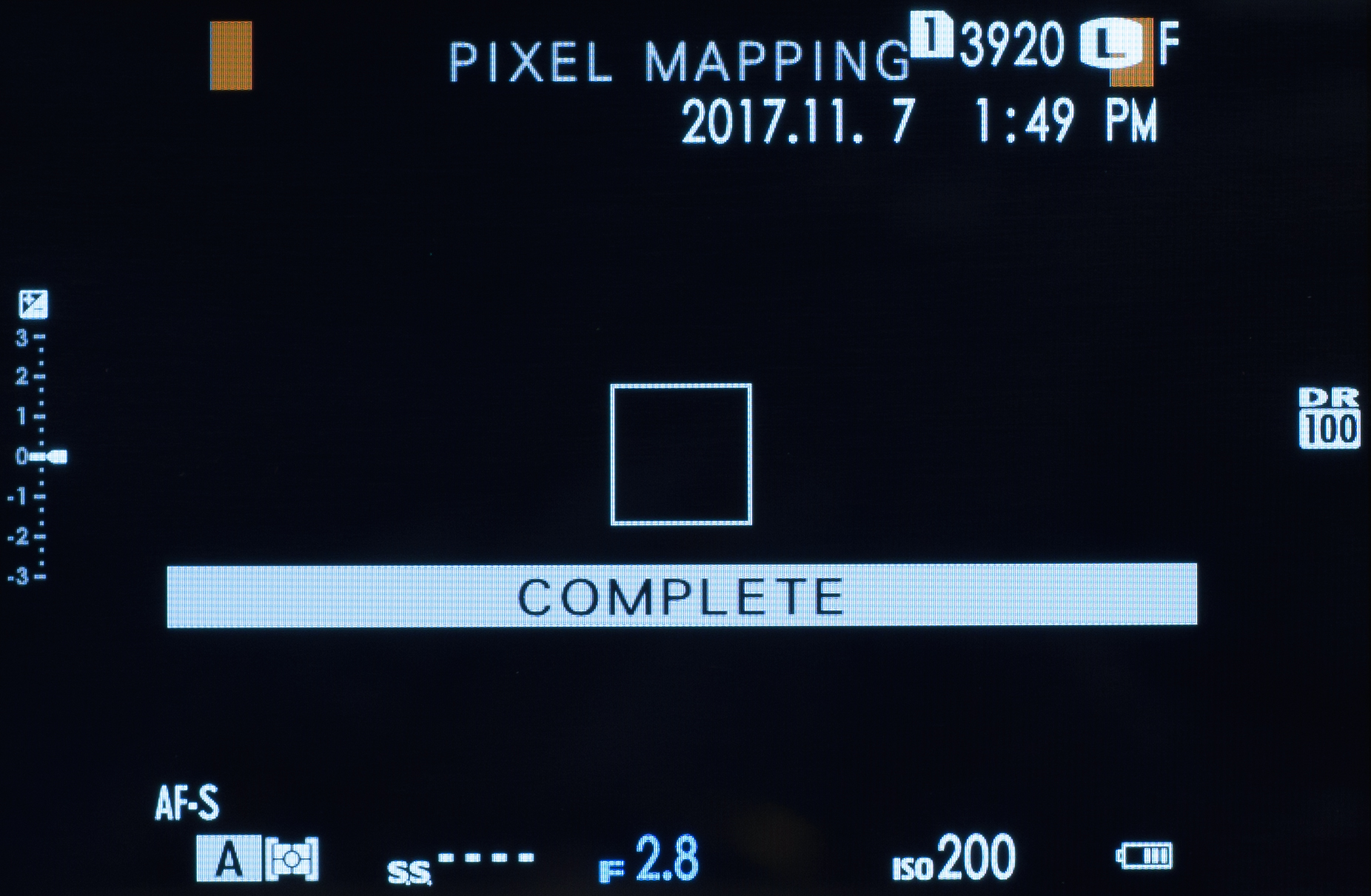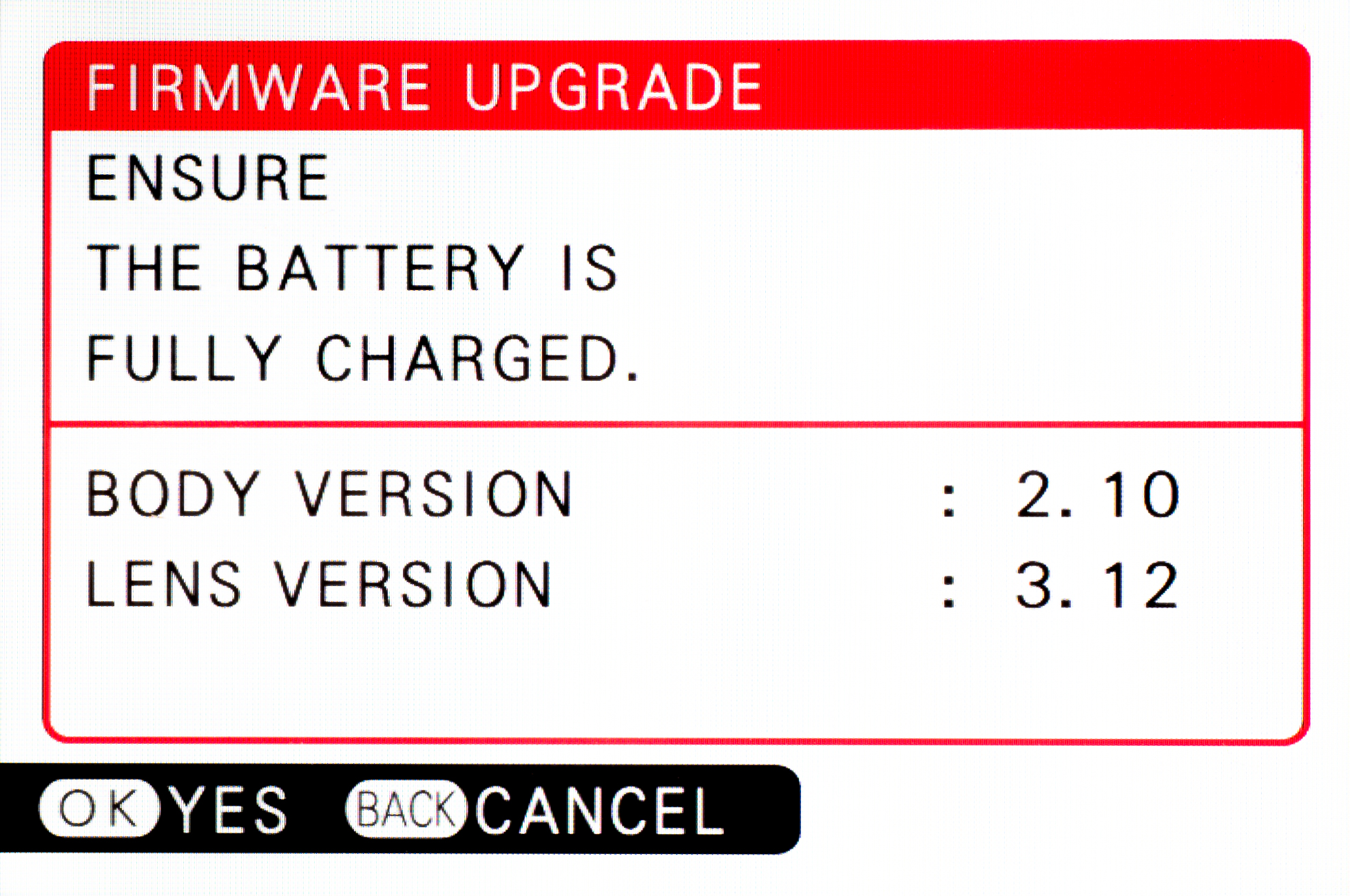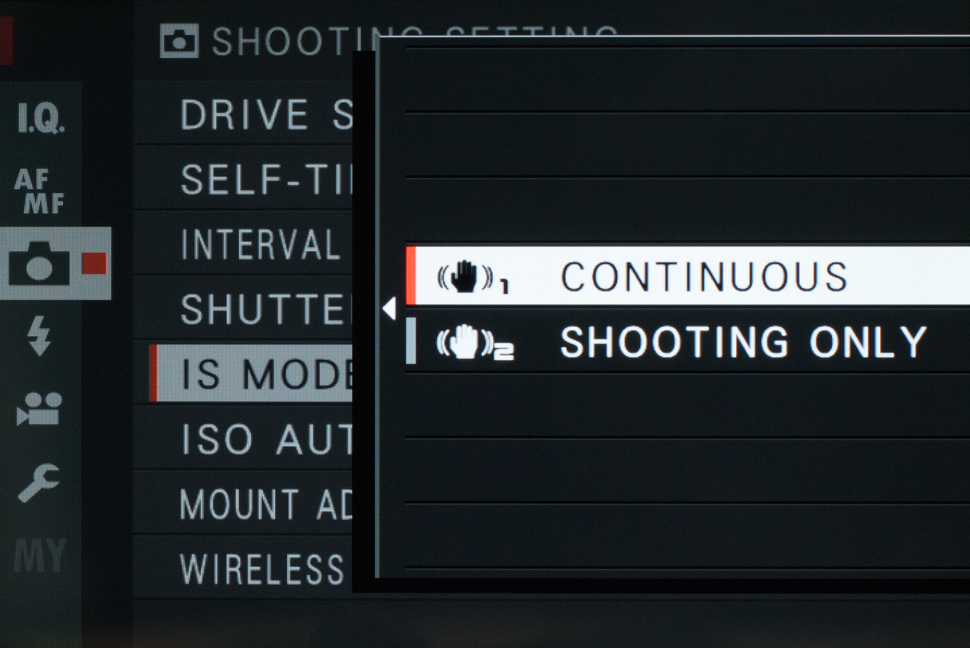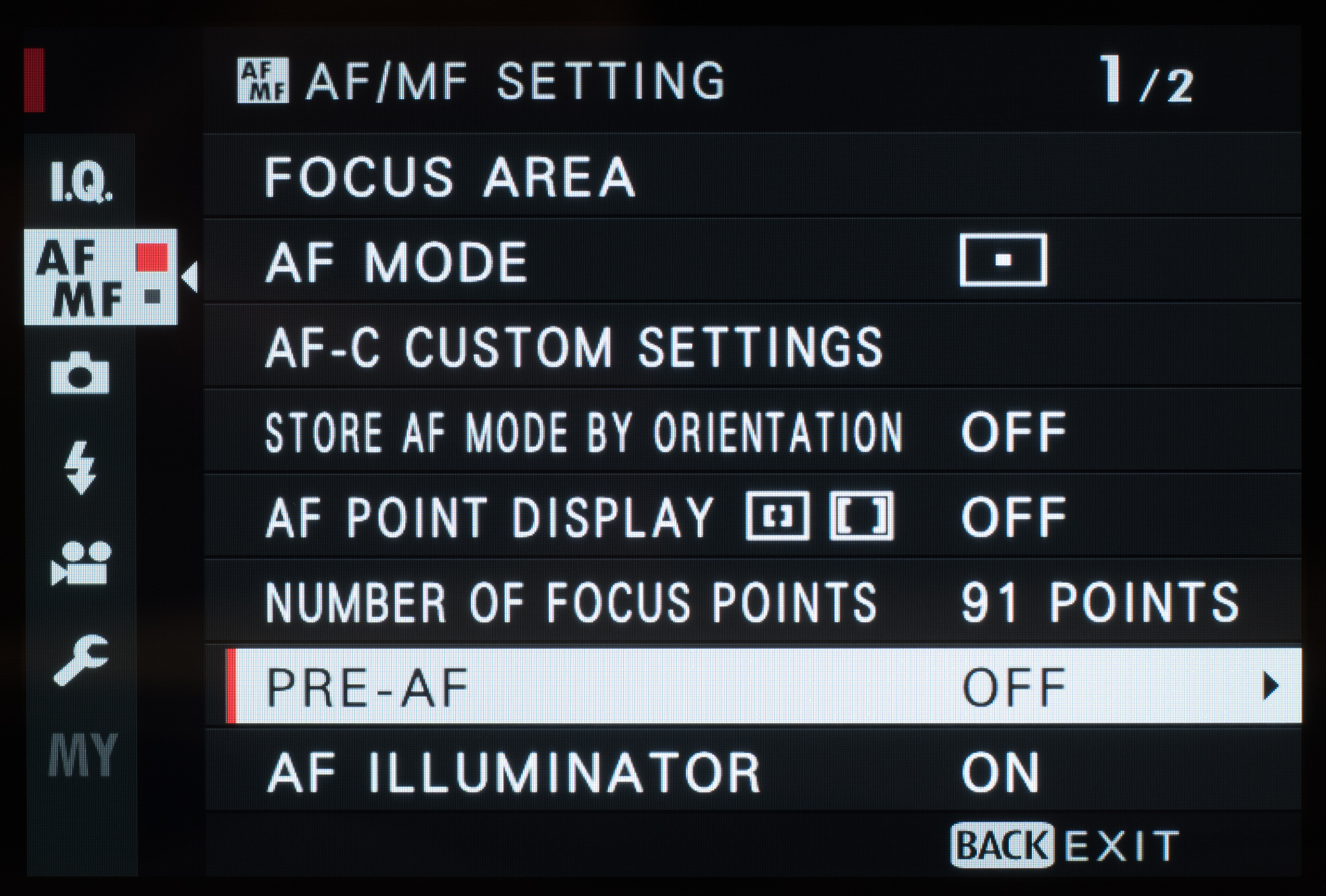10 tips on getting the best out of your Fujifilm camera
There's lots you can do to make your Fujifilm camera work smarter. Here are ten things to get you started
6. Map your pixels

It's not uncommon for a camera's sensor to have defective pixels. In fact, when you consider just how many pixels there on an average sensor, it's entirely likely that some may have issues.
What kind of effect this has on an image depends on what's going wrong. A pixel that is dead will simply show as a black spot on the final image. Conversely, a pixel that is always on will show up as a bright white spot. You may not see this in every frame as it all depends on what it is you're photographing, but it can be easy to spot in large areas of little detail.
Fortunately, there is a fix to this that doesn't involve sending your camera in for repair. The Pixel Mapping function, which is found in the Shooting menu, seeks out these defective pixels so that the camera can interpolate data from surrounding pixels, essentially covering them up.
Fujifilm states that this process is not guaranteed to map every defective pixel and only refers to it working on pixels that produce 'bright spots' in the image, but it takes seconds so it's well worth trying if you see any issues.
Bear in mind that it's also possible that your camera's LCD screen may show a defective pixel, although can quickly be checked by zooming into an image and moving around to see if the pixel in question moves with the image.
Read more: Why I use Fujifilm X100 cameras for travel and landscapes
7. Check for firmware updates

Fujifilm is particularly generous when it comes to updating camera firmware. Over the course of a camera's life it's not uncommon for the company to have done this several times, sometimes simply to fix small bugs and quirks, but often to bring newly developed features to older models.
These updates are completely free and they also apply to certain lenses and accessories, so it's well worth checking out whether any are available for the Fujifilm products you own. Helpfully, the company makes the process easy by rounding up all of the most recent updates on one page.
Bear in mind that if you bought your camera or lens very recently, there may not be any new firmware available for it, or it may already have the latest firmware update installed. The way to check which version your camera is running is to power up your camera while holding down the Disp/Back button. Details of how to install any updates are found on the page from which they are downloaded.
8. Check your IS mode

Many of Fujifilm's lenses now incorporate their own Optical Image Stabiliser (OIS) systems, and these can be switched on and off through a switch on the lens barrel. Through the menu system of your camera, however, you do actually have a little more control over exactly how and when this works.
Head over to the IS Mode option in the Shooting settings menu. Quite how many options you see here depends on which model you own, but you'll typically have Continuous and Shooting Only options.
The former option is useful in that it performs stabilisation as you compose the image, which in turn allows you to frame up your images with greater precision, although it consumes more battery because of this. Image stabilisation systems are one of the main drains on battery, particularly those inside larger, heavier lenses.
The Shooting Only option, meanwhile, only activates the IS system once you half press the shutter release button (or when you simply pressed it down fully). This is obviously less convenient with telephoto lenses, where it may be more difficult to get accurate framing, but you may not need this when using wide-angle lenses, perhaps for more general day-to-day shooting. As it saves you battery life, it's also something to think about using if you're nowhere near a socket and you don't ave another battery to hand.
Read more: Fujifilm X-T20 review
9. Pre-AF

Normally, your camera starts to focus on a subject when you half press down the shutter release button, but if your lens is focused far away from where it eventually needs to be, this can cause a slight delay.
The Pre-AF feature was designed to speed things up by focusing before you even touch the shutter release button, in much the same way that a typical compact camera will gradually bring subjects to focus before being prompted to do so.
While it can be a timesaver, it not only drains the battery faster but it's also debatable whether this still makes too much of a practical difference nowadays, given the fast AF performance of recent Fujifilm cameras.
If you have a spare battery or two you may find it useful to keep this on, but if you're shooting in bright conditions where the camera is unlikely to have too many issues focusing promptly, you can save yourself some juice by making sure it's deactivated.
10. Get inspired and stay up to date with X magazine

Did you know that Fujifilm publishes an interactive magazine specifically for X-series users? X magazine contains camera tips and product advice, showcases interesting projects and even has the odd competition among other things. Not only is it completely free, but you can even catch up on all previous back issues. Head over to the X magazine page to find out more.
Read more: 10 tips on getting the best out of your Nikon camera
Get the Digital Camera World Newsletter
The best camera deals, reviews, product advice, and unmissable photography news, direct to your inbox!
The former editor of Digital Camera World, "Matt G" has spent the bulk of his career working in or reporting on the photographic industry. For two and a half years he worked in the trade side of the business with Jessops and Wex, serving as content marketing manager for the latter.
Switching streams he also spent five years as a journalist, where he served as technical writer and technical editor for What Digital Camera before joining DCW, taking on assignments as a freelance writer and photographer in his own right. He currently works for SmartFrame, a specialist in image-streaming technology and protection.

